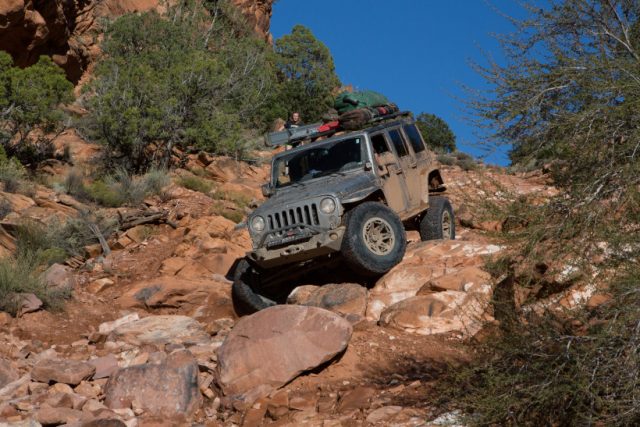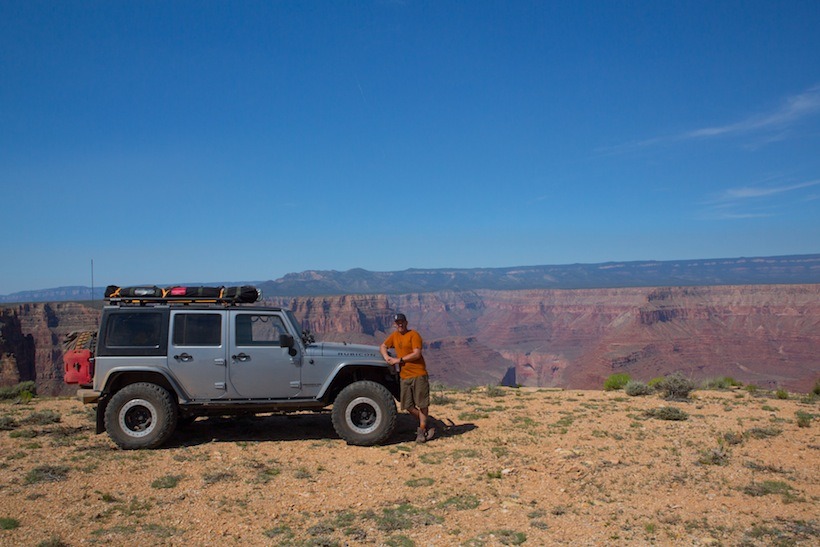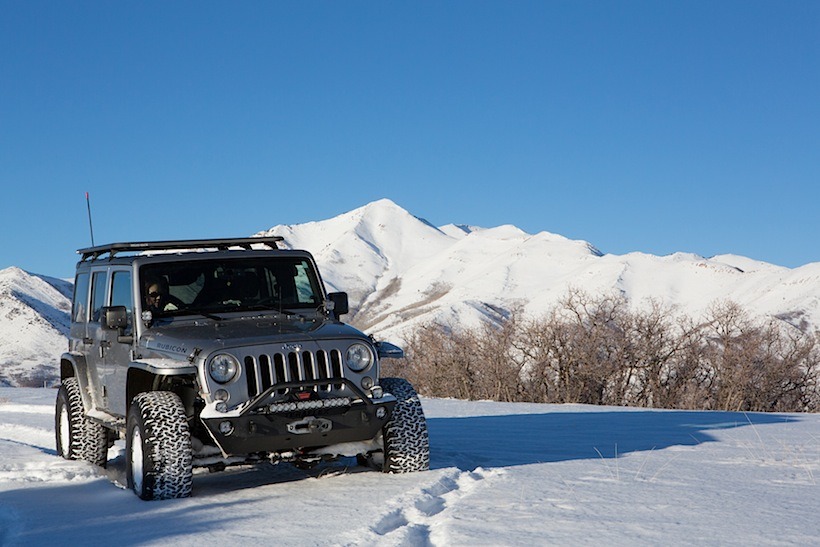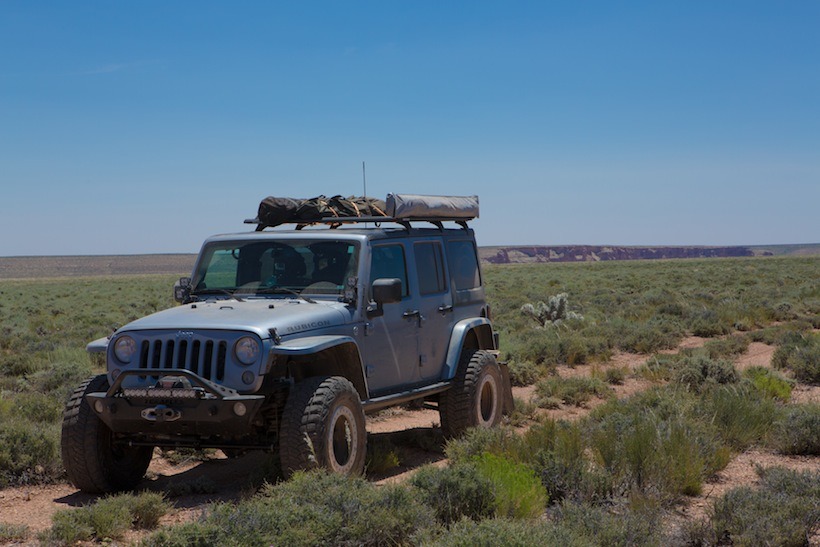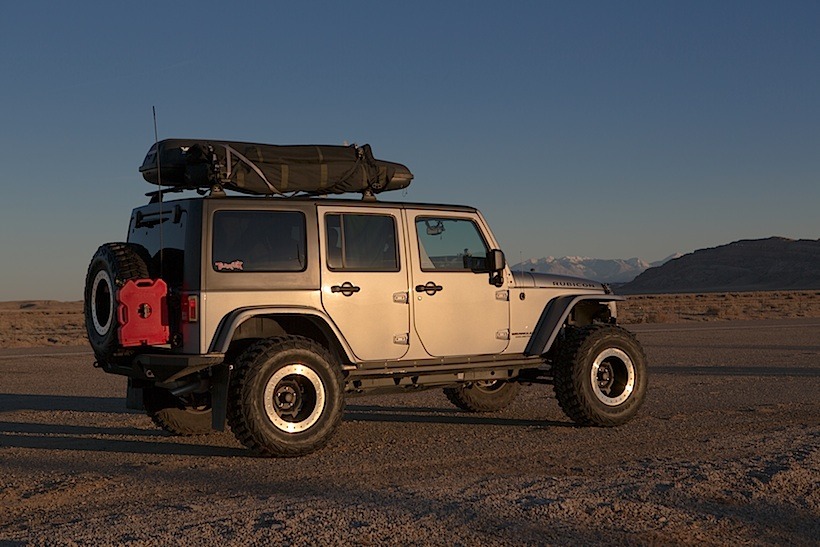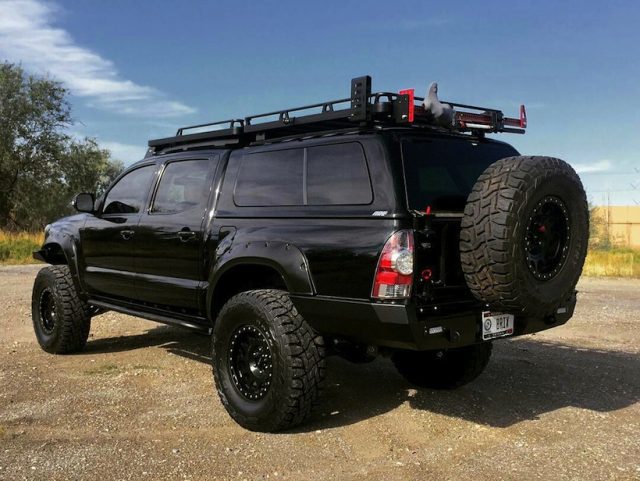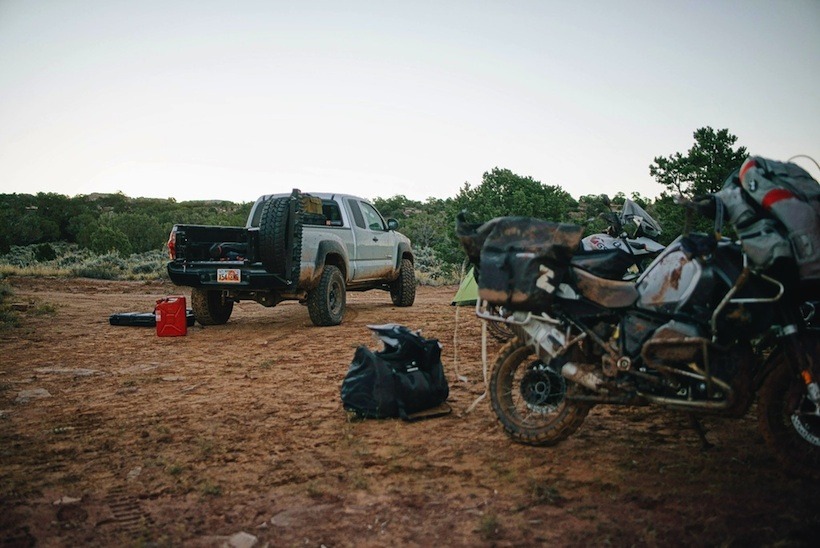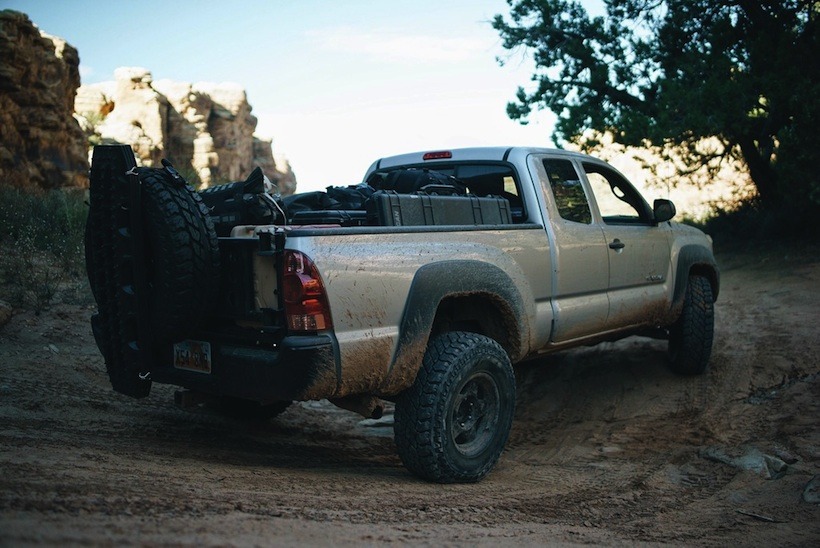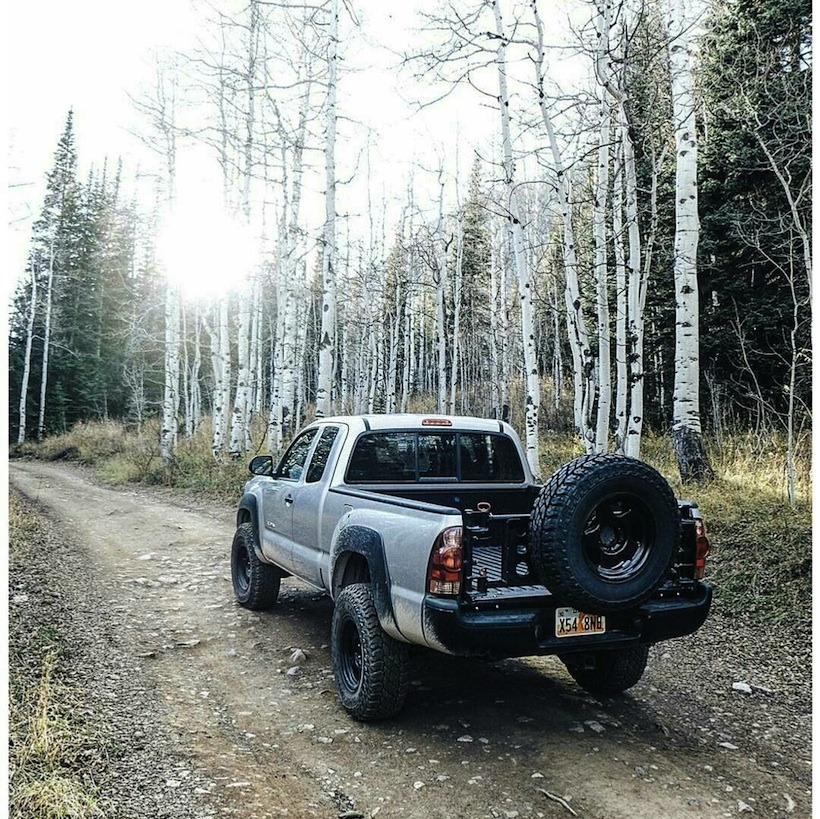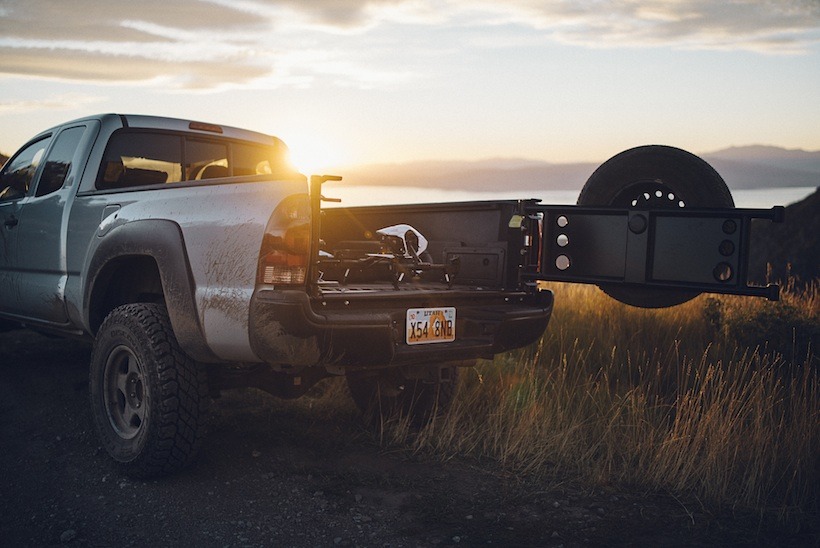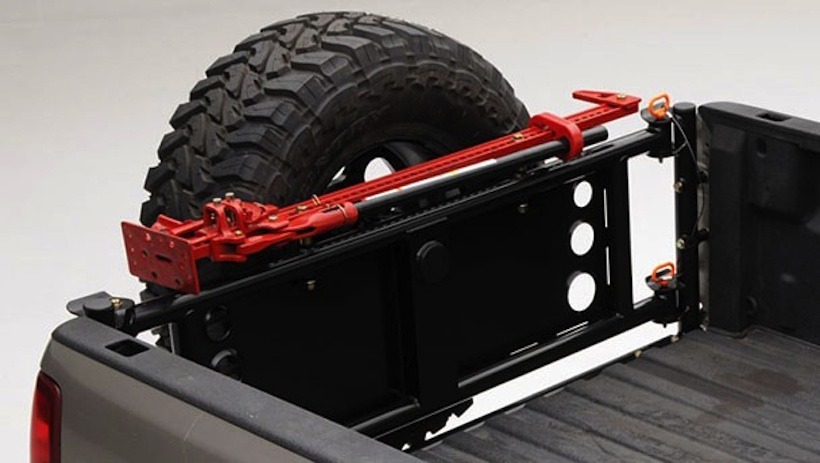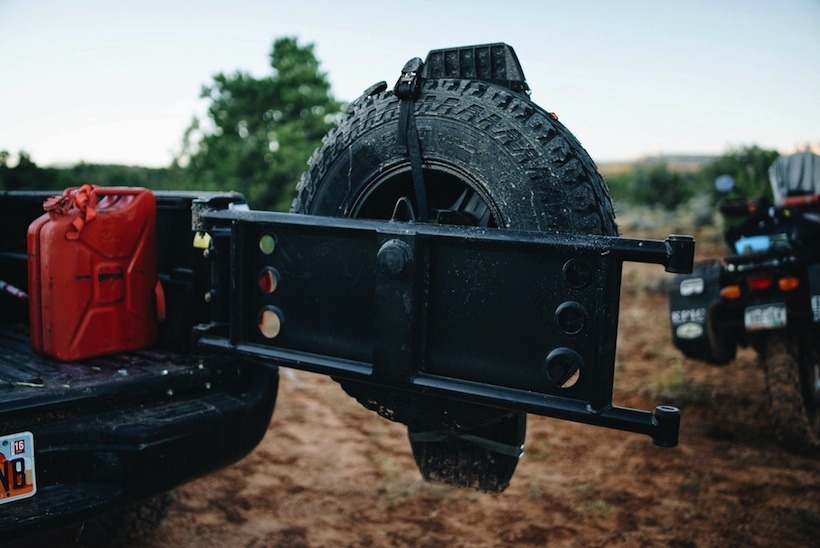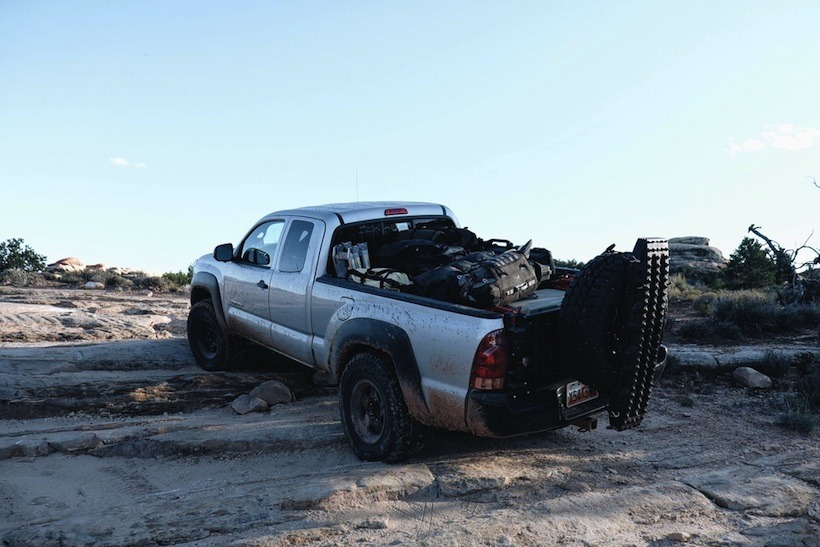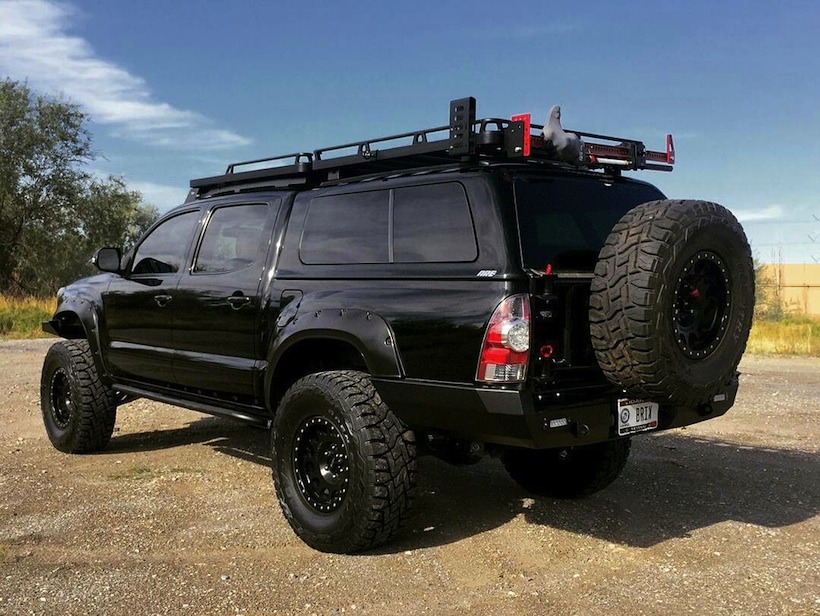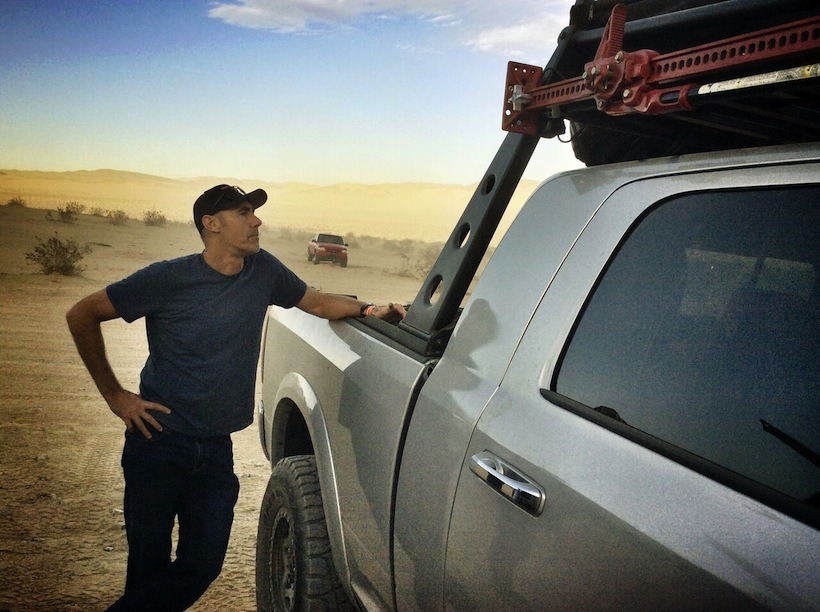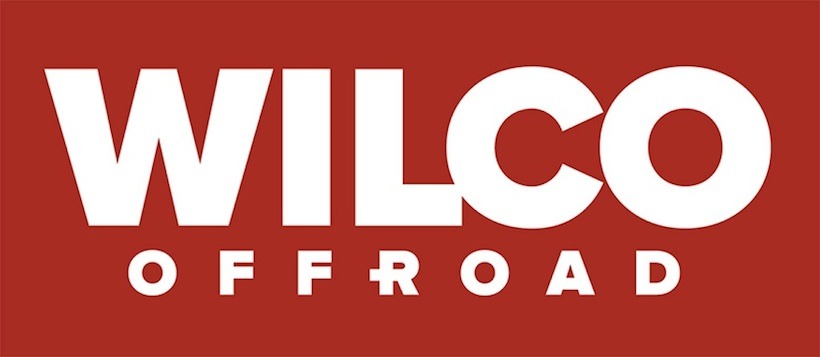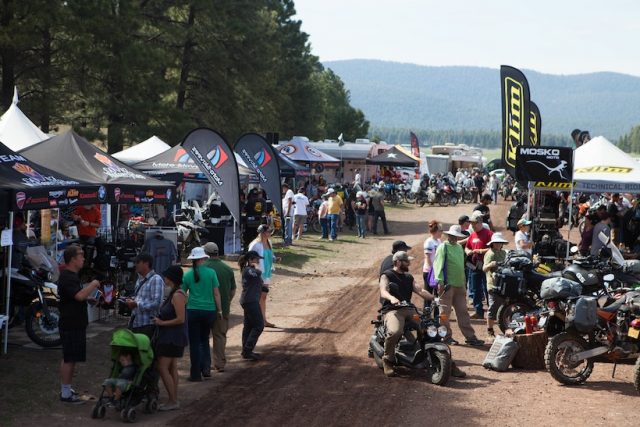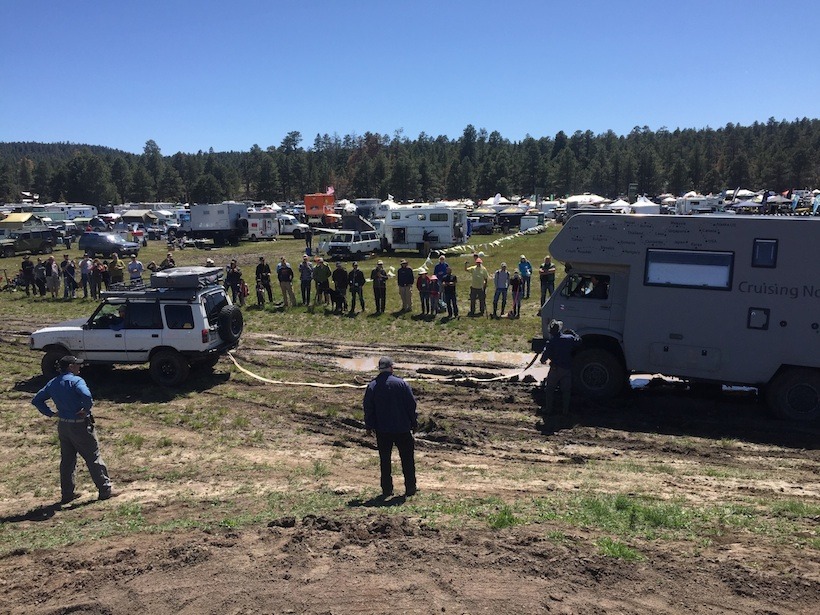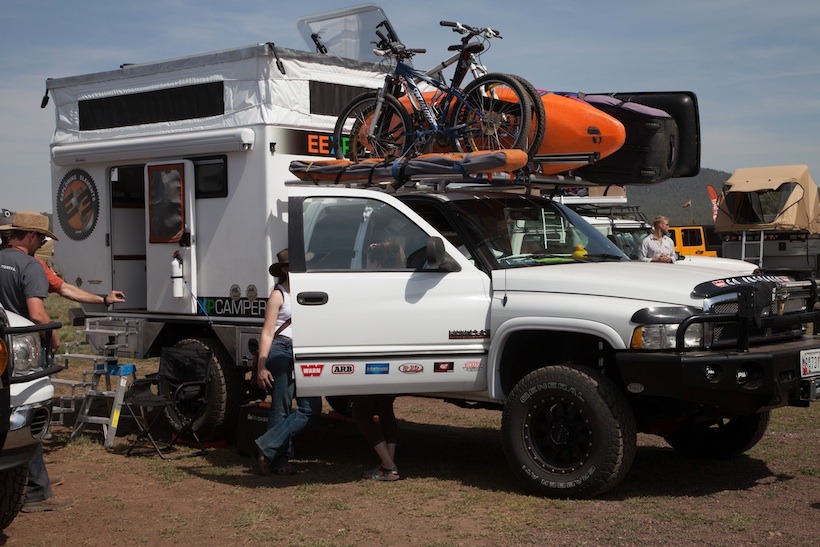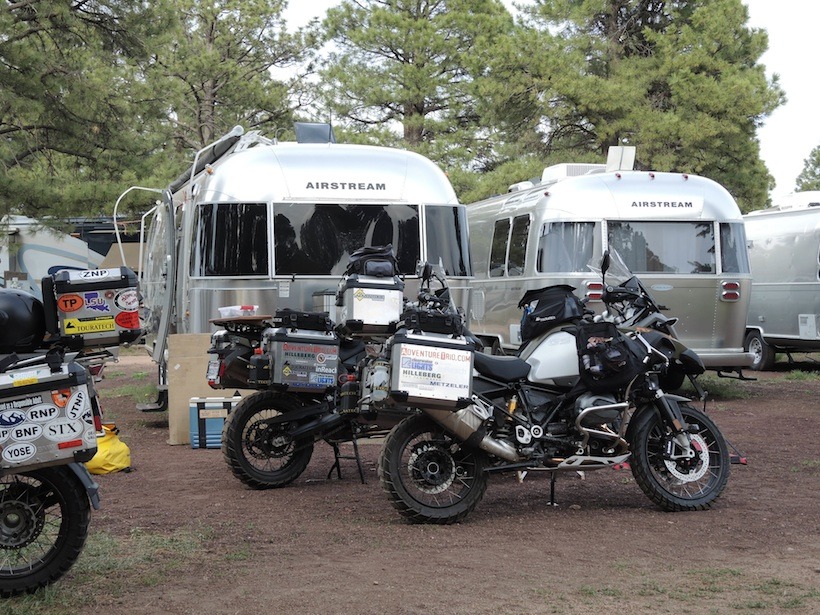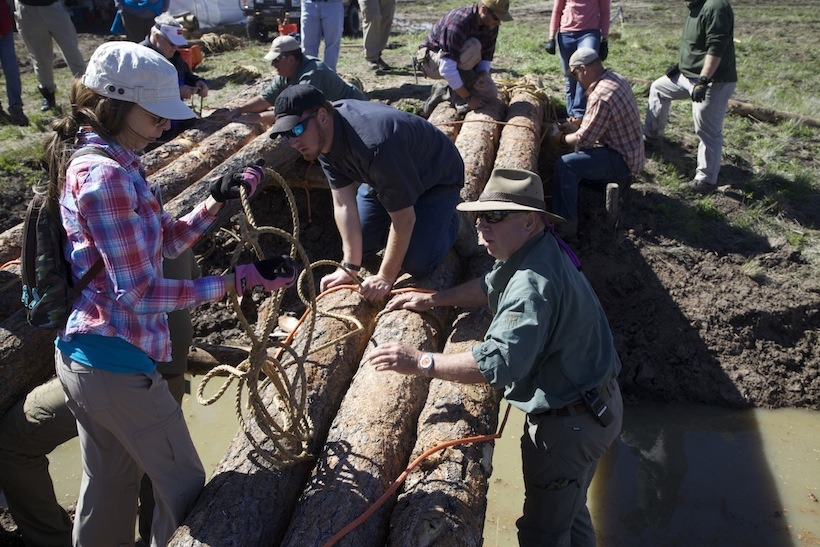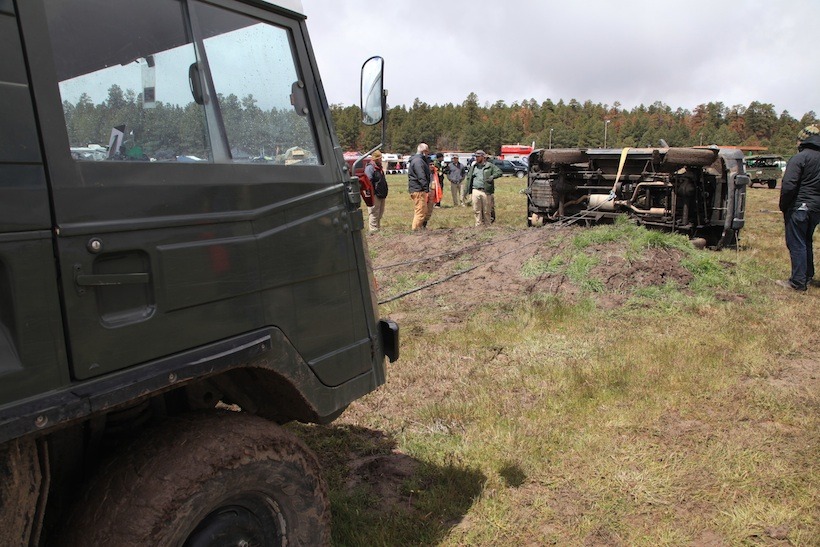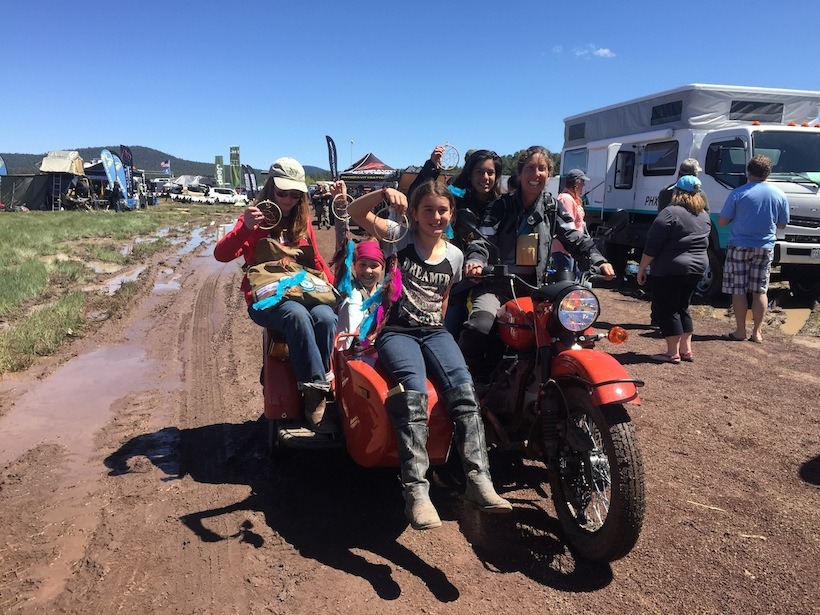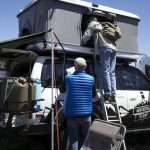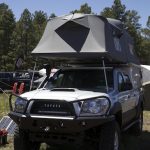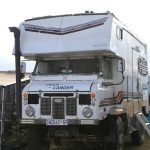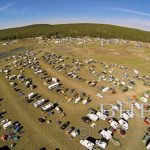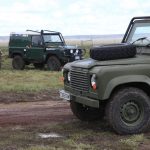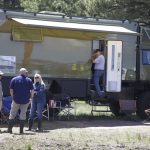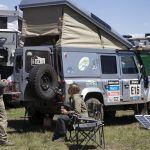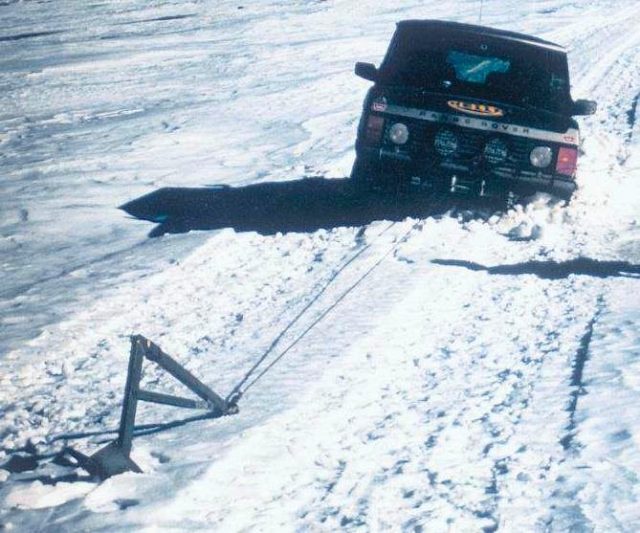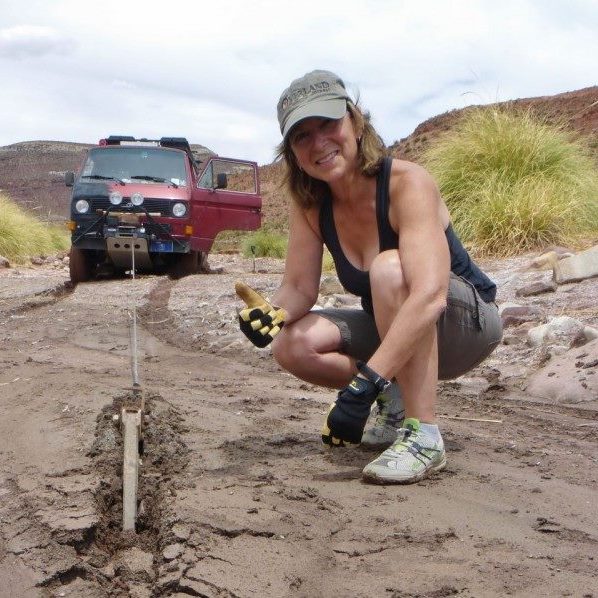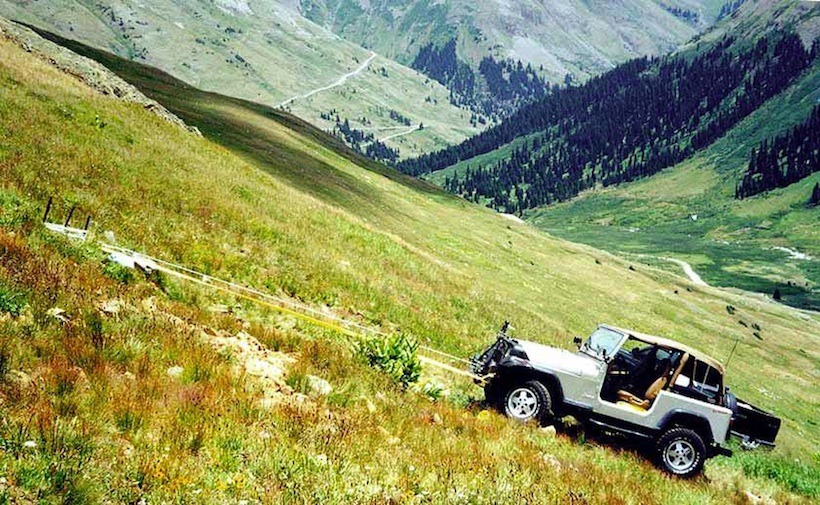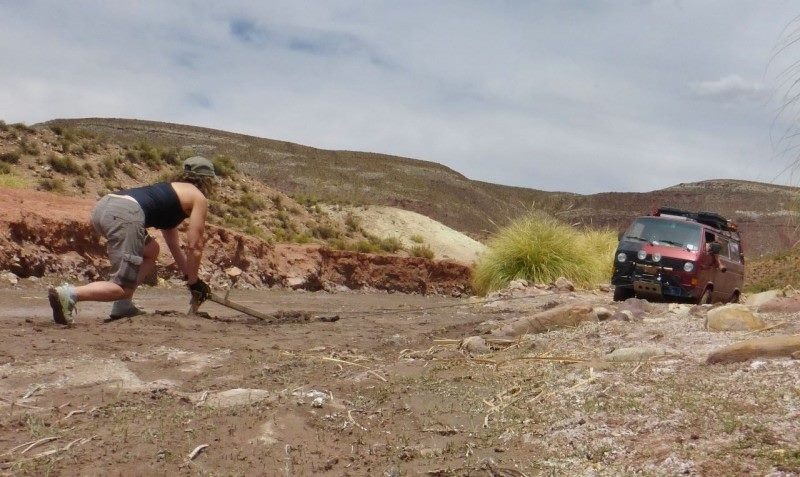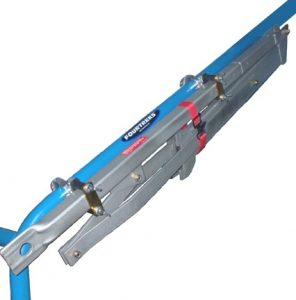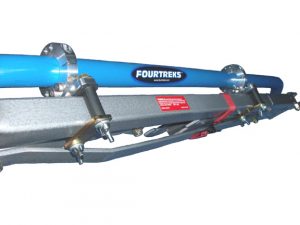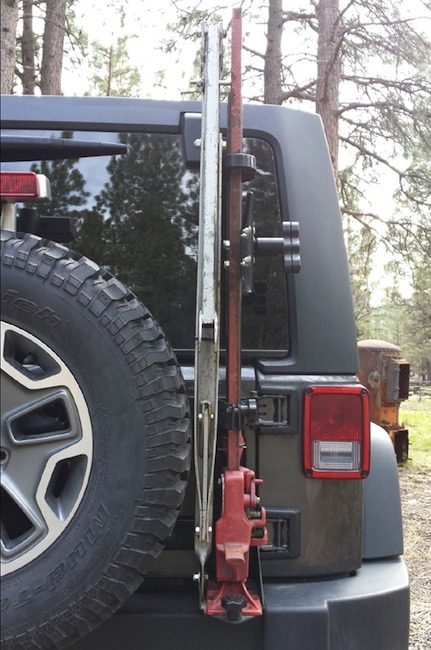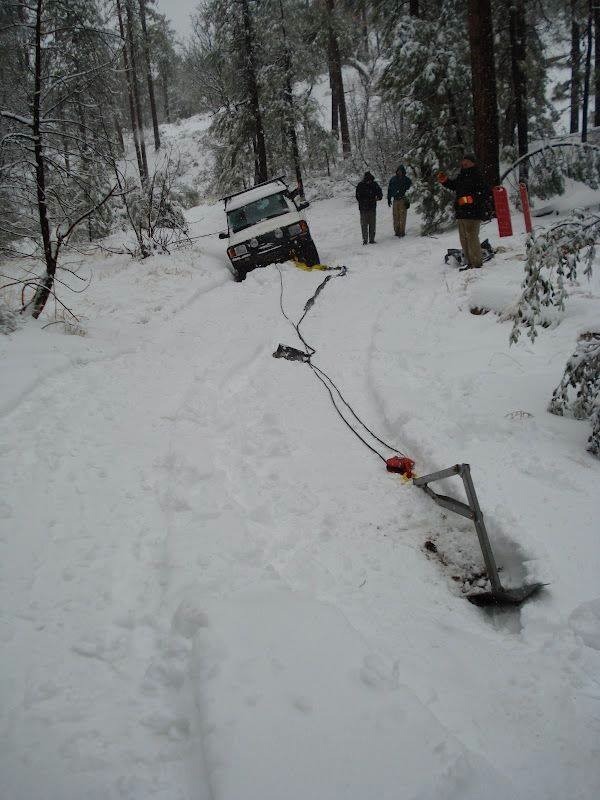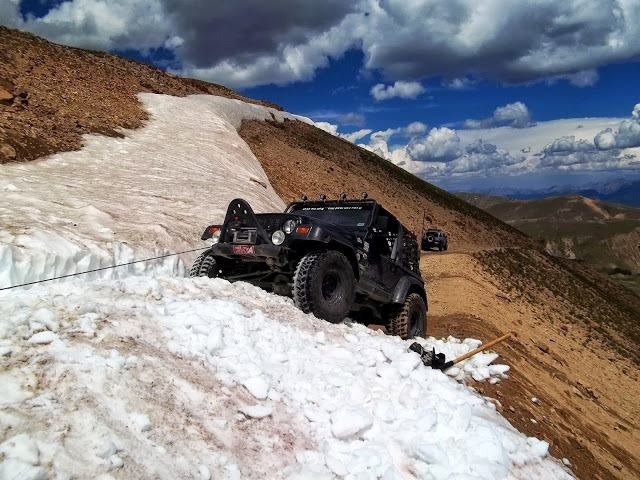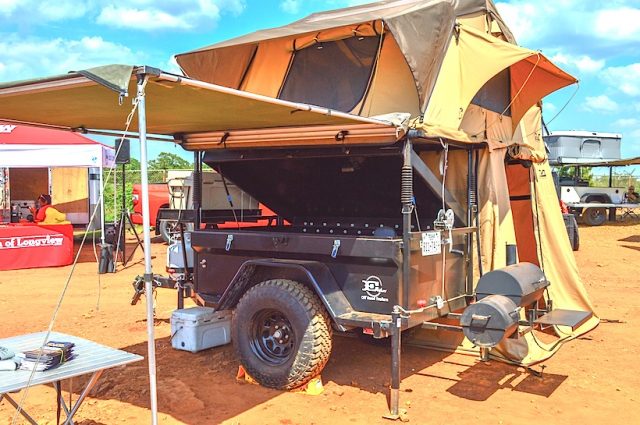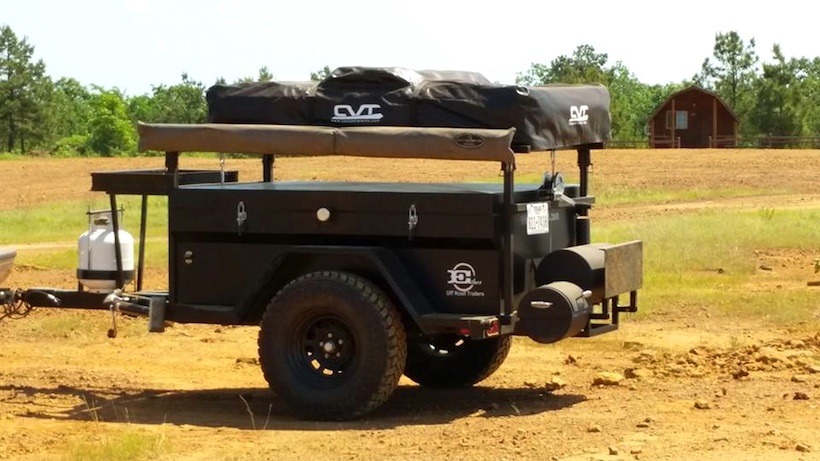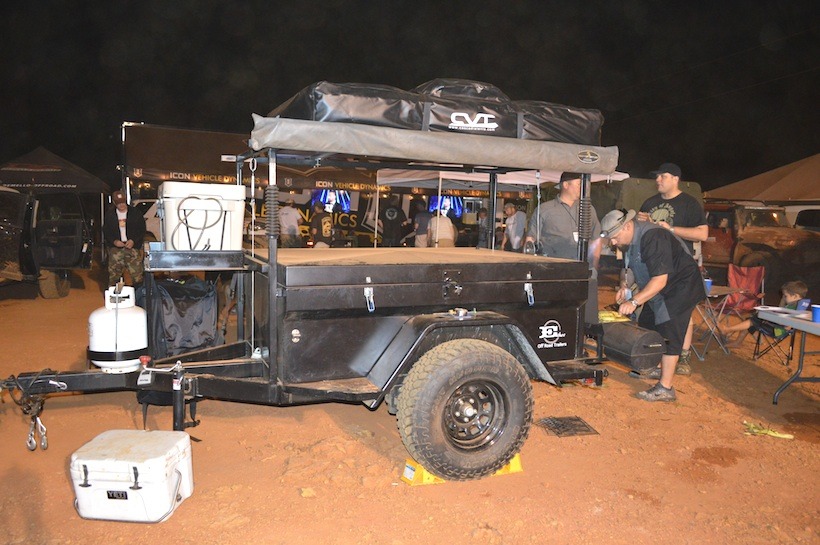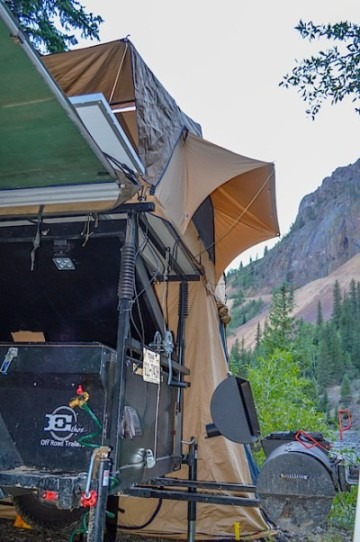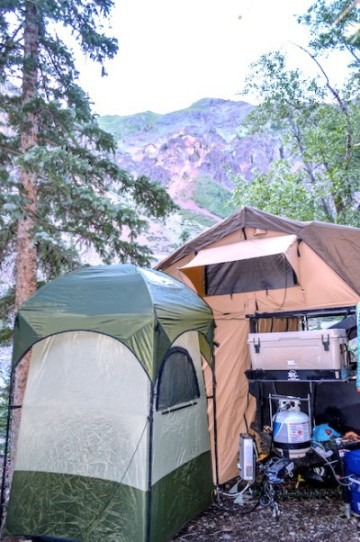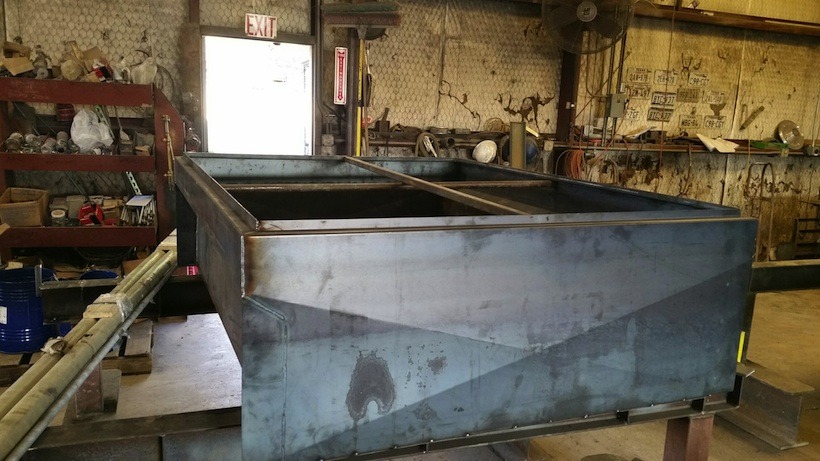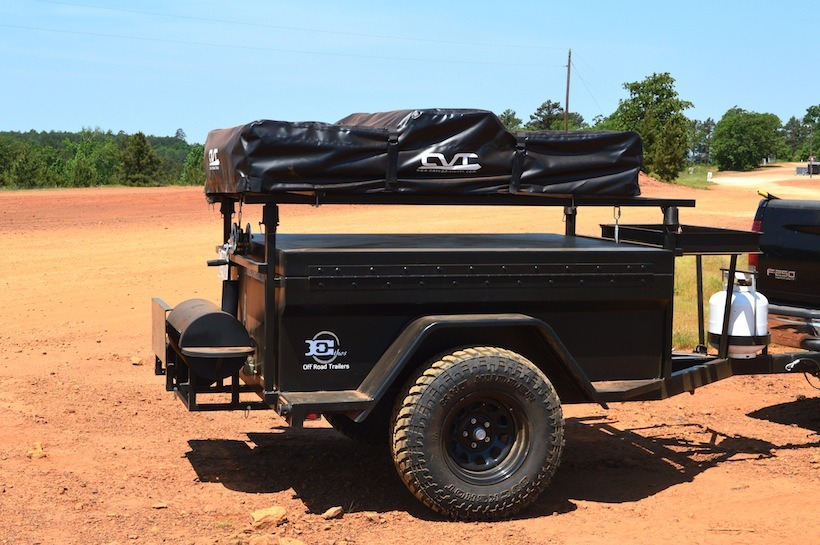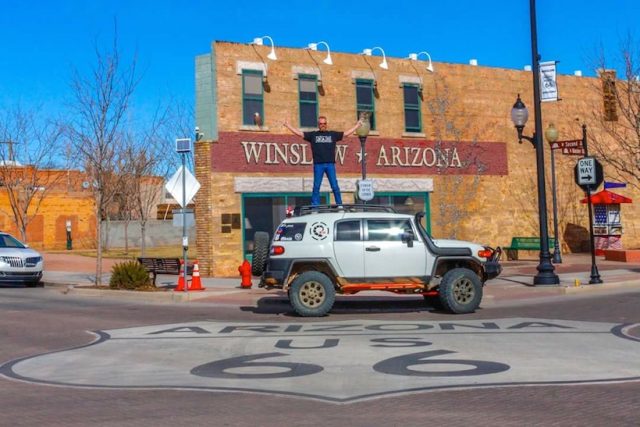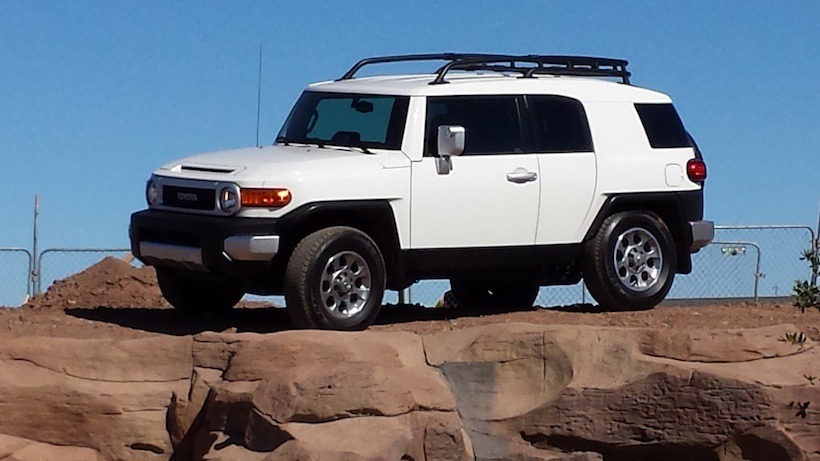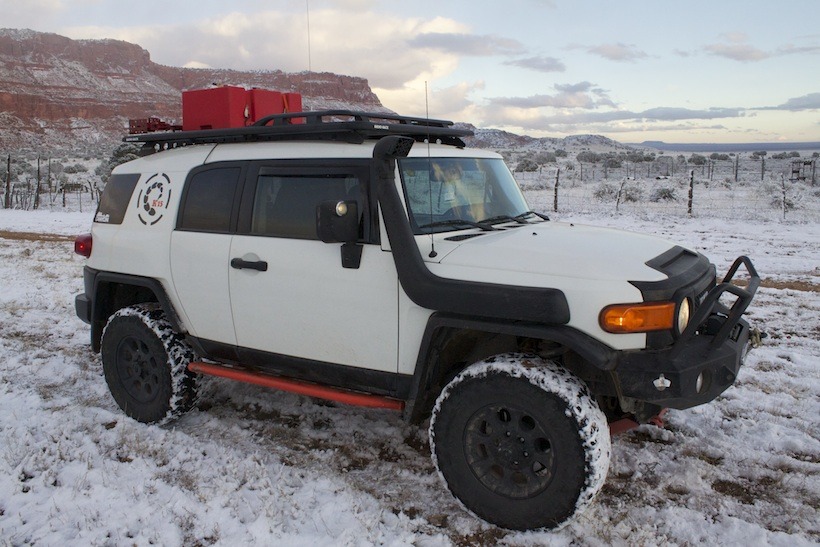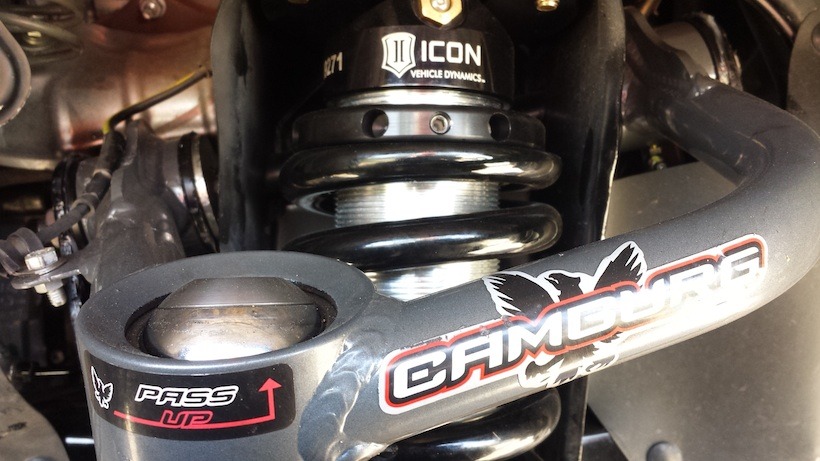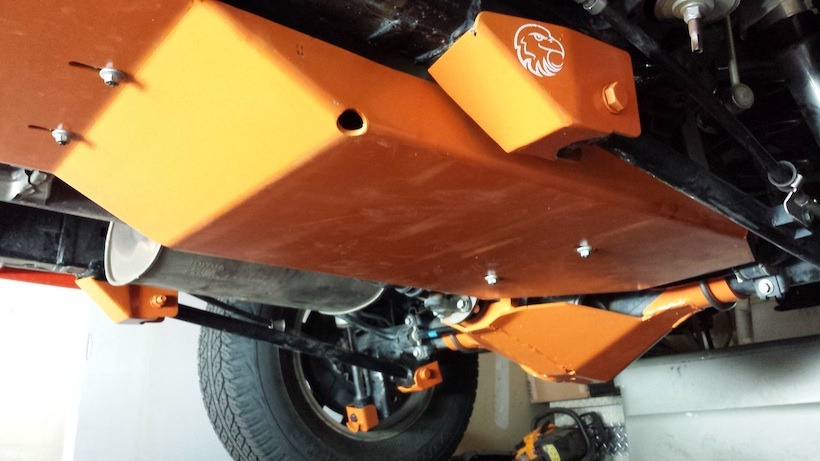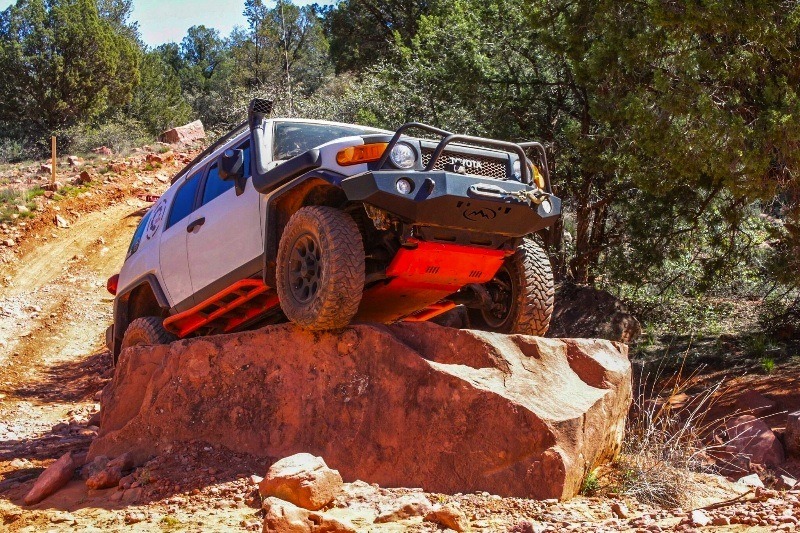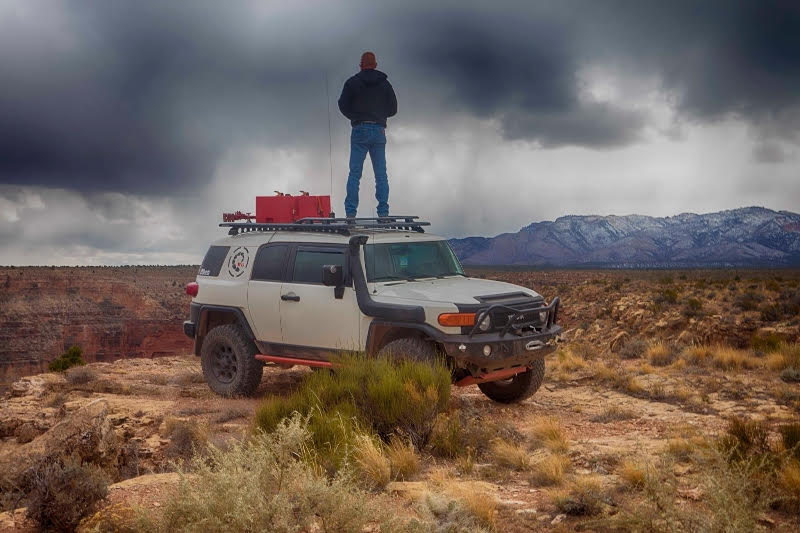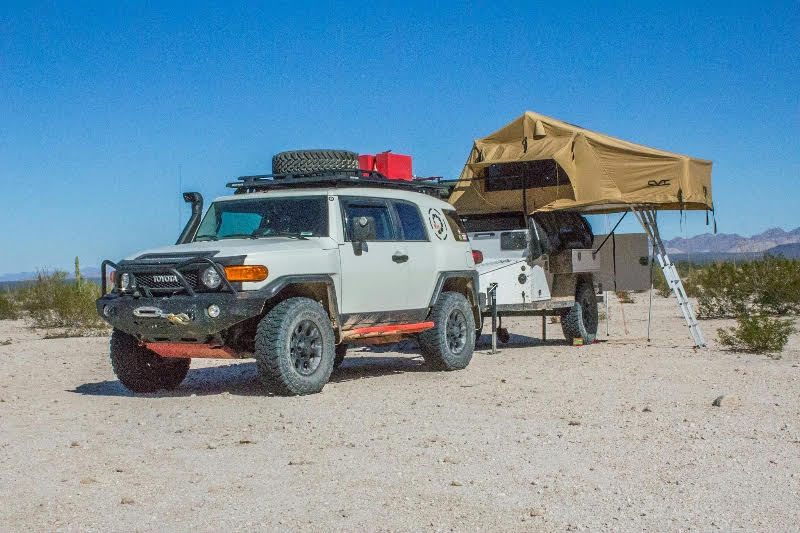2014 JKU Rubicon- Built for Adventure
Here at TAP we love a well built rig, so as fellow Jeep owners we reached out to Justin Dowey of Oz-Tent USA to take a look at his 2014 JKU Rubicon. This is what Justin had to say about his passion for off-roading and his latest build.
Love of Off-roading has been in my system since the 90s. Over the years I have had many different types of 4x4s and they all had one thing in common, they got me outside exploring and meeting like-minded people. My love of Jeeps started about 10 years ago with the purchase of a 2005 Electric green TJ. This was the vehicle that spawned my addiction that spans two continents, five Jeeps and many friends who I have met along the way.
When I moved to America from Australia I was told that I could not bring any of my Jeeps in my suitcase. Besides that, the steering wheel was on the wrong side! As soon as my feet hit the ground, I began a new build. I chose a 2014 Silver JKU Rubicon. It was just two weeks old when it went off to get a Teraflex 3” suspension lift to make room for the 35’s. Fox remote reservoir shox stopped them and me bouncing. MCE fenders were installed to cover the extra rubber and since then I have gone to 37” BFG ATKO tires. Ten Factory chromo axles keep them turning. Teraflex Big Brakes were added front and rear to ensure stopping. When I was picking up the components for the first mods, I was lucky enough to get a look around the new Teraflex facility. I was so impressed that I also purchased a front and rear bar, a set of alloy sliders and the Teraflex spare tire mount, eliminating the worry of a spare coming off on the rough trails. The mount also allows us to carry a Rotopax 3 gal fuel can and provides a place to mount the CB Ariel. A lot of Teraflex product you say? Well, they make good gear.
Under the hood remains relatively stock with the addition of some electrical upgrades to handle the extra power needed for all the accessories. A Genesis off-road dual battery tray and two Optima Yellow Top batteries provides more than enough energy to run the fridge, the Warn 9.5 winch and a blend LED spot and spread lights. These include a Baja Designs 22” light bar and 3 sets of Squadrons to make sure light goes in the right direction. With all those, night driving was covered. Switching for these is via a SPOD switch system, making the connection of all my extra lights a breeze. Someone once told me, “The more you can see, the faster you can go.”, I thought that was good advice. Try navigating an off-road trail in the dark and you will get it. I am an avid off-roader and have some epic overland trips planned, so the next thing I needed was something that would make be airing up, quick and easy. I had an ARB twin air compressor fitted on a MORE bracket to keep it all under the hood. This makes the re-inflation process speedy.
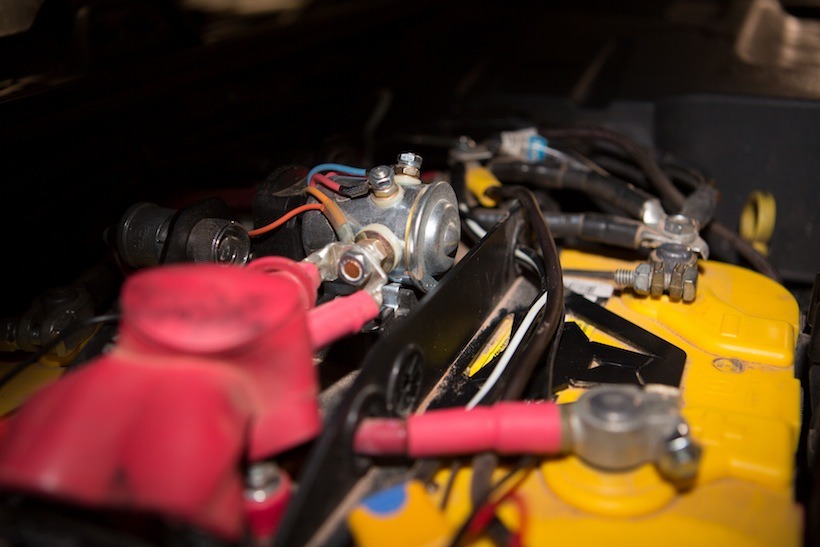
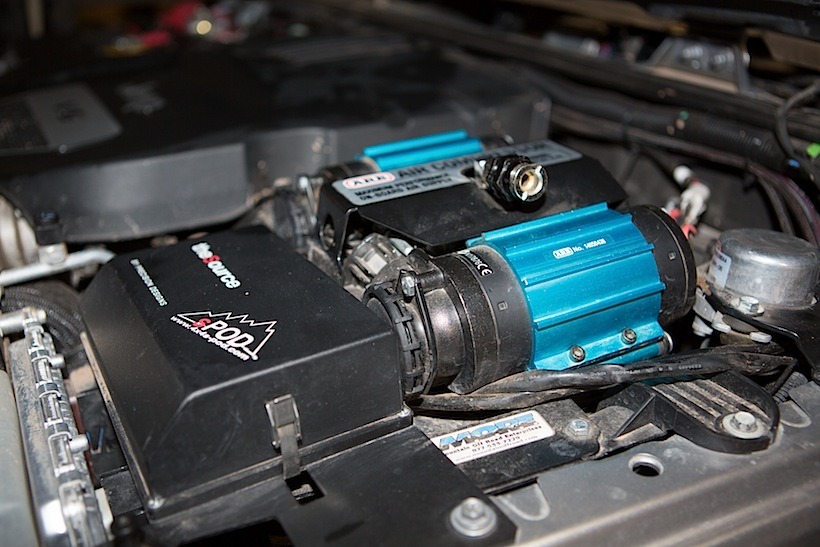
As we all know, storage in any Jeep is a problem and we had to fit enough gear for 2 adults and a 2 year old. Its amazing how much extra you need to take for someone so small. After looking into it a bit, we decided to install a Rhino Rack Backbone system with a pioneer tray. It has an internal frame for extra support, giving our Oz-tent somewhere to live and allowing me a flat tray to move items about if needed. It also gave us a lot more space inside the Jeep. We also took the Subwoofer out and replaced it with an OE sub eliminator panel for that extra little bit of space.
The stock seat are comfortable and have warmers built in and are great for the cold days. We did however, protect them with some BARTACT Mil-spec seat covers both front and back. The Molle attachments are handy for keeping essentials in easy reach and not flying around the cab.
So far this Jeep has taken us all over the place. Moab UT to the mountains of CO, to the Redwoods of CA, the Grand Canyon and as far north as Washington. The biggest being a 330 mile off road trek on the Kokopelli Trail. Trips for 2016 are still being planned.

A build is never finished but here is the list so far:
– Teraflex 3” Lift short arm lift, including track bars 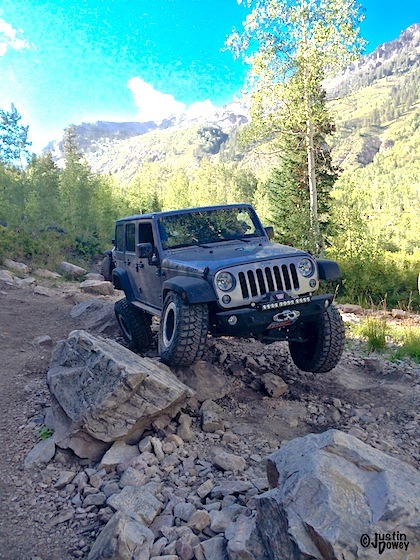
– Teraflex Steering Dampener, Fox
– 2.5 Remote Res shocks
– 5 X 37” BFG AT KO, 2 tires
– 5 X 17X9 Rugged Ridge wheel with color matched rim guards
– Teraflex Big brake kit Front and Rear
– MCE Fenders
– Teraflex Front and rear Bar
– Warn 9.5i winch
– ARB Twin compressor mounted on a MORE bracket
– Genesis Dual battery tray with 2 Optima Yellow Tops
– 6 Switch SPOD
– 22” Baja Designs Light bar
– 3 Sets of Baja designs squadron pros (2Pillar, 2Bar and 2 in the fog light holes)
– Rhino Rack Back bone with a Pioneer tray
– CB Radio
– Ram mounts for phone and i-Pad mini
The wish list
– Borla climber exhaust
– 4.88 gear set
– 10th Anniversary Hood
– Roll cage upgrade
– Head light upgrade
– Cargo system







